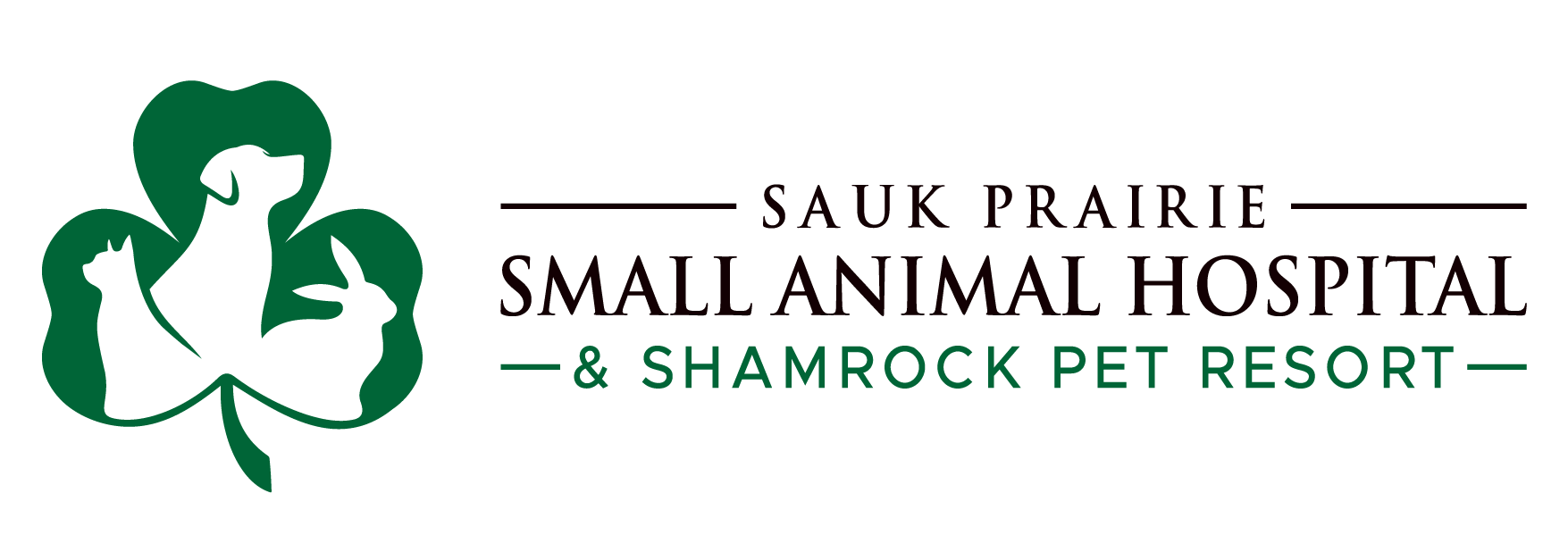Laboratory Testing
Since your sick pet cannot tell us what is wrong, veterinarians must sometimes supplement physical exams with sophisticated diagnostic testing. Our hospital is equipped with a complete, sophisticated diagnostic laboratory that allows us to measure more than 100 laboratory values, with results often available in a few minutes. In addition, we work with several outside referral labs if your pet requires specialized testing.
Along with heartworm testing, other common tests performed at the hospital include complete blood count, blood-chemistry panel, urinalysis and fecal examination.
Radiographs (X-Rays)
Sauk Prairie Small Animal Hospital is proud to provide state-of-the-art digital radiology technology. Compared to x-rays produced by a traditional machine, the quality of digital radiographs is much better. The time spent taking your pets’ radiographs is significantly shortened and fewer x-rays are needed to achieve diagnostic-quality results. If your pet’s digital radiographs need to be sent to a radiology specialist, digitally produced x-rays can be sent immediately via email.
Radiography is the only method used for accurately diagnosing canine hip dysplasia. Presently, there are two radiographic techniques for evaluating canine hip dysplasia. The two techniques include OFA radiographsand the PennHIP technique. We provide radiographs that meet the standards for both techniques.
Ultrasound
Ultrasound is a valuable, non-invasive imaging procedure that complements x-rays and allows our veterinarians to better visualize internal organs in the chest and abdomen. During an ultrasound, high-frequency sound-waves are directed into the body and bounce off the organs, creating a computer image of the inside of the body. This painless diagnostic technique is usually done without sedation of your pet.
Ultrasound is invaluable for making treatment decisions for various types of heart disease. It also allows us to biopsy organs such as the liver and kidney through a tiny “keyhole” incision. Using the ultrasound image as a guide, surgical biopsies can be obtained without major surgery and your pet can often go home the same day.
Endoscopy
Endoscopy means “looking inside” and refers to looking inside the body for medical purposes. The instrument used for this procedure is called an endoscope.
Endoscopy is a minimally invasive, diagnostic, medical procedure commonly used to evaluate the interior surfaces of an organ by inserting a small tube into the body.
In veterinary medicine, endoscopy is commonly used to remove foreign objects (particularly in the stomach) or get an inside view of a particular part of your pet’s body. Even though anesthesia is required to keep your pet still during the endoscopic procedure, compared to a traditional surgical procedure, the amount of anesthesia and recovery time is greatly reduced. Endoscopy is often indicated when routine blood and urine tests, radiographs and / or ultrasound do not give the complete diagnostic picture.


